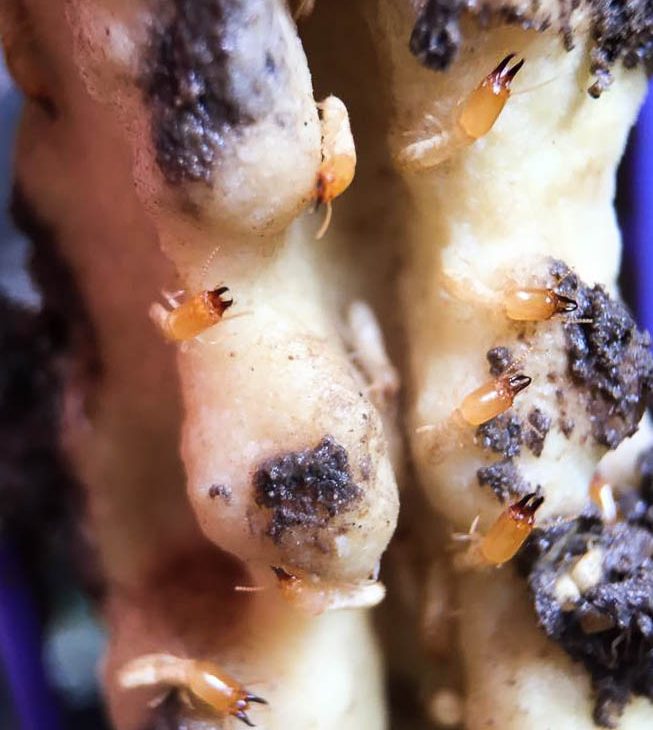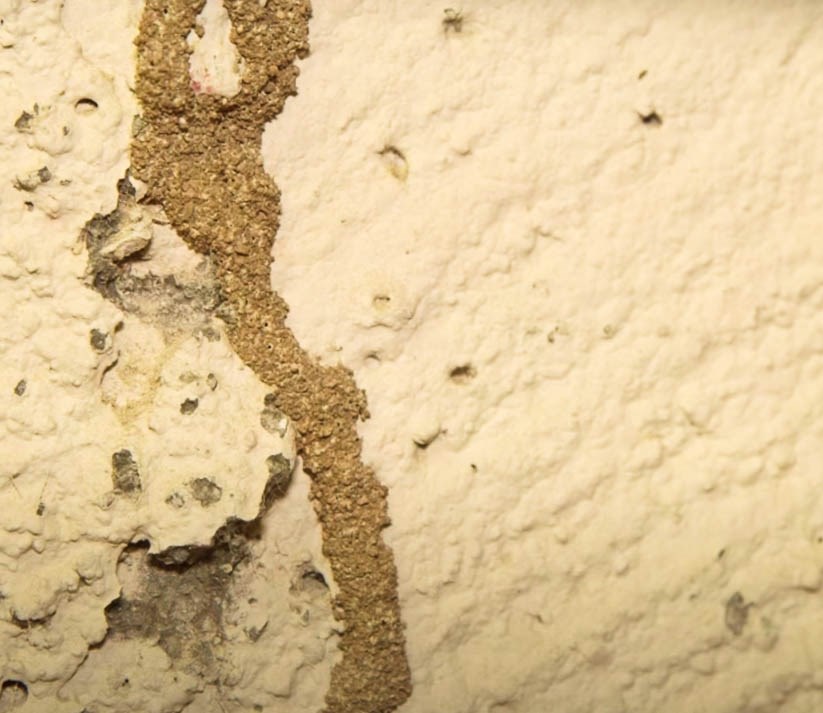About Subterranean Termites
Also known as silent destroyers, this particular species of termites is one of the most destructive pests to have around. Their ability to chew both hard and softwood, wallpaper, and flooring without being detected makes them undesirable termites and incredibly difficult to control. Within just a few weeks of an infestation in homes, they will have caused a high level of destruction before the homeowner gets to notice their activities.
Wondering what subterranean termites look like, their behavioral characteristics, life cycle, and the habitat they live in? We will be taking a look at each of these unique features of subterranean termites to give you a better insight into what you have at hand.
Appearance
There are about 2,000 species of termites across different parts of the world and each of these termites shares a similar body structure and body parts. The best way to distinguish subterranean termites from every other termite is by examining their size and color.
- Size- Termites are social animals, hence they stay together in a large multitude in an enclosed place. The size of each subterranean termite depends on its caste. The size of a worker termite measures between one-eighth to three-eighth of an inch. The soldiers on the other hand are approximately the same size as the workers, the only difference is that soldier termites have larger heads and a more powerful mandible. While the reproductive caste of termites is about an inch long.
- Color- The distinguishing appearance of subterranean termites based on color also depends on the caste of the termite in the colony. The worker termites have a cream color and are pale in appearance. Soldiers on the other hand are usually much lighter in color and their head is brown. The reproductive termites look much different, the primary reproductives which are the queens are black or brown, while the supplementary reproductives have an opaque shade.

Behavior
There are three types of subterranean termites in a colony – workers, soldiers, and the swarmers. Each of these castes has separate jobs they carry out daily and this unique job description is based on the unique tools that are available to them. For instance, some castes of subterranean termites have eyes while others don’t.
The workers of subterranean termites are quite small compared to other termites in the caste. Their mouthparts and their digestive enzymes allow them to quickly digest cellulose and fetch food for the other termites in the colony. Also, they repair the nest and care for nest-mates. Worker subterranean termites spend most of their time in dark tunnels. Tunnels like this can either be below or above the ground, provided it’s in an enclosed place. Workers don’t have eyes, but they are still able to detect a difference between the dark and light.
The primary role of the queen is to lay eggs and rapidly increase the size of the colony. To do this, an adult subterranean queen termite lays about 5,000-10,000 eggs per year. Within a few years, the colony will attain its full size. But as the size of the colony increases, the need for swarming comes into place. Swarming begins in spring across the U.S, but in places like Florida, it might be extended to late winter.
Life Cycle
In a typical colony of subterranean termites, the king and queen are the active reproductives. After the queen lays the eggs they are incubated for about 2 weeks to enable them to hatch into nymphs. During this period, they are attended to and fed regurgitated food by worker termites. This enables them to either molt to soldiers, workers, or supplementary reproductives depending on the need of the colony.
Habitat
This particular species of termite likes to create their colonies in an enclosed dark place completely free from light. As a result of this, you will often find them underneath wood products such as firewood. If it’s a large colony, you might find them living on a dead branch of a tree or obsolete poles.

